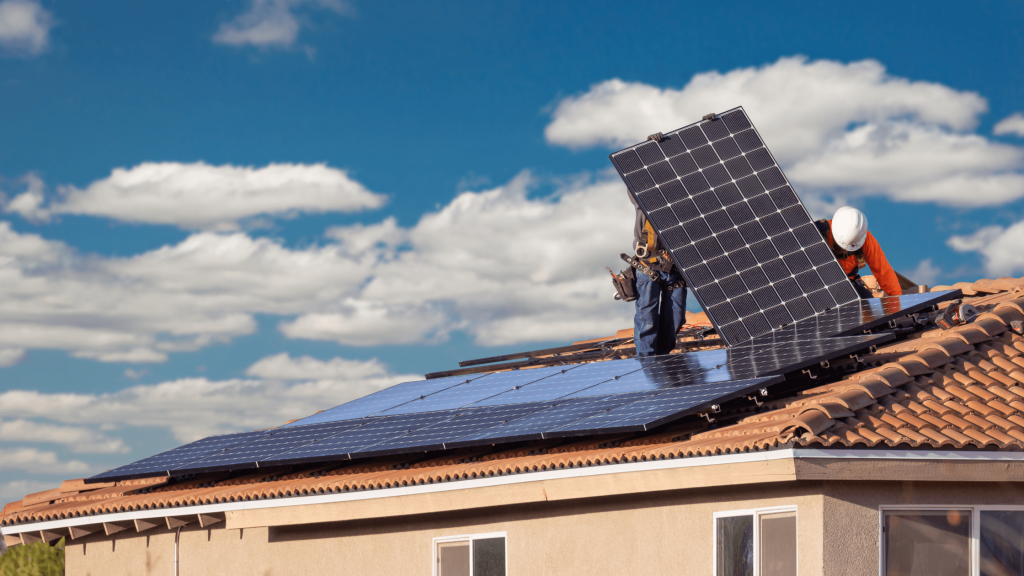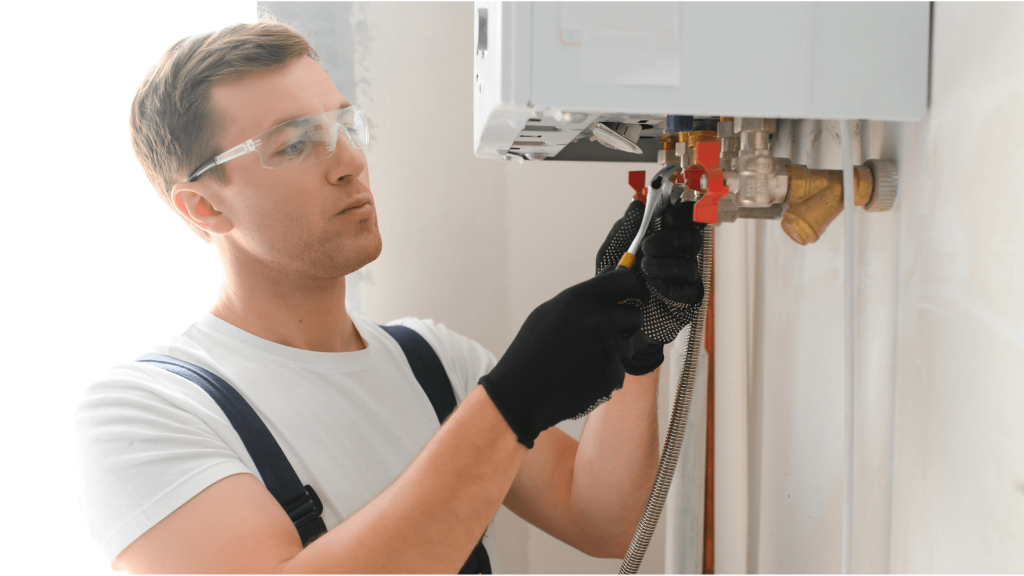Introduction: Why Green Home Improvements Matter As the world shifts towards sustainability, homeowners are increasingly recognizing the value of green home improvements. While the environmental benefits of reducing carbon footprints and conserving natural resources are widely known, many overlook the significant financial advantages that come with eco-friendly upgrades. Investing in a green home isn’t just about protecting the planet—it’s a smart financial decision that leads to long-term cost savings, lower utility bills, and increased property value. One of the most immediate financial benefits of a green home is reduced energy consumption. Traditional homes often suffer from energy inefficiencies due to outdated insulation, inefficient appliances, and excessive reliance on non-renewable energy sources. Upgrading to energy-efficient solutions, such as better insulation, smart thermostats, and solar panels, can significantly cut monthly utility costs. Over time, these savings accumulate, helping homeowners recover their initial investment while enjoying a more comfortable and efficient living space. Check if you qualify today! Beyond lowering household expenses, green home improvements can also increase a property’s market value. Buyers today are more conscious of energy efficiency and sustainability, making homes with eco-friendly upgrades more desirable. Features like solar panels, energy-efficient windows, and sustainable building materials not only improve a home’s aesthetics and functionality but also make it a lucrative asset in the real estate market. Additionally, financial incentives, such as tax credits, rebates, and government grants, further enhance the affordability of green upgrades. Homeowners can take advantage of these programs to offset the upfront costs of sustainable improvements, making it easier to transition to a more energy-efficient home. Incorporating green home improvements is more than just an ethical choice—it’s a practical, forward-thinking investment that delivers both short-term and long-term financial benefits. Whether it’s cutting energy bills, boosting property value, or taking advantage of government incentives, transitioning to a green home is a step towards financial and environmental sustainability. Lower Energy Bills: How Green Homes Save Money One of the most immediate and tangible financial benefits of a green home is the reduction in energy costs. Many traditional homes are inefficient, leading to excessive electricity and heating bills. By incorporating energy-efficient solutions, homeowners can significantly cut their monthly expenses while also reducing their environmental footprint. Green home improvements such as upgrading to energy-efficient appliances, installing solar panels, and optimizing insulation help homeowners achieve both short-term savings and long-term financial security. Energy-Efficient Appliances and Lighting Household appliances and lighting account for a significant portion of a home’s energy consumption. Traditional appliances, especially older models, often use more electricity than necessary, leading to higher energy bills. Switching to energy-efficient appliances, particularly those with an ENERGY STAR rating, can dramatically reduce power consumption without sacrificing performance. Lighting is another area where homeowners can make impactful changes. LED bulbs are an excellent alternative to incandescent and CFL bulbs, using up to 75% less energy and lasting 25 times longer. While the upfront cost of LEDs is slightly higher, their durability and efficiency lead to long-term savings. Upgrading to energy-efficient appliances and lighting may seem like small adjustments, but collectively, they result in substantial reductions in electricity costs over time. Solar Panel Installation: A Smart Investment One of the most effective ways to lower energy bills is by investing in solar panel systems. Unlike traditional energy sources, solar panels allow homeowners to generate their own electricity, reducing their reliance on the national grid. While the initial installation cost may seem high, various government tax credits, grants, and incentives help offset expenses, making solar panels a cost-effective investment in the long run. In addition to lowering utility costs, homeowners can benefit from net metering, a system that allows them to sell excess energy back to the grid. This means that on sunny days, when more power is produced than consumed, homeowners receive credits from their energy provider. Over time, solar panels not only pay for themselves but also help households save thousands of pounds in energy costs. Another major advantage of solar energy is protection against rising electricity prices. As energy rates fluctuate, homeowners with solar panels enjoy stability, knowing that their renewable energy source shields them from price hikes. more on :https://www.simplegreenenergy.org/solar-panels-grant/ Smart Thermostats and Insulation Upgrades Heating and cooling costs can be a significant financial burden, especially in extreme weather conditions. One of the best ways to improve energy efficiency in a home is by installing a smart thermostat. Unlike traditional thermostats, smart thermostats learn a homeowner’s daily routine and automatically adjust the temperature for optimal energy usage. These devices prevent unnecessary heating or cooling, helping homeowners reduce energy waste by up to 20%. Proper insulation is another crucial factor in cutting energy costs. Many homes lose a significant amount of heat due to poor insulation, leading to higher heating expenses in winter and cooling costs in summer. By upgrading loft insulation, cavity wall insulation, and double-glazed windows, homeowners can prevent heat loss and maintain a more stable indoor temperature. Read more : https://www.simplegreenenergy.org/ Check if you qualify today! Government Incentives and Tax Benefits Investing in green home improvements can require a substantial upfront cost, but governments worldwide are making it easier for homeowners to transition to energy-efficient living. Various financial incentives, tax credits, and rebates are available to encourage homeowners to make sustainable upgrades, ultimately lowering energy bills and increasing property value. By taking advantage of these programs, homeowners can offset initial expenses and benefit from long-term savings. Understanding Federal and Local Incentives Many governments have established federal and local programs to support homeowners in making energy-efficient upgrades. These initiatives often include tax credits, rebates, and low-interest loans, helping to make green home improvements more affordable. At the federal level, homeowners may be eligible for tax credits when installing solar panels, heat pumps, insulation, and energy-efficient windows or doors. These credits reduce the total tax liability, making energy-efficient investments more attractive. Some programs also allow for carryover tax credits, enabling homeowners to spread savings across multiple tax years. In addition to national incentives, local governments and municipalities often provide their own rebates and



